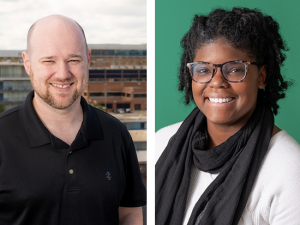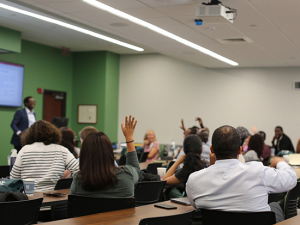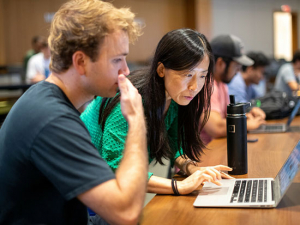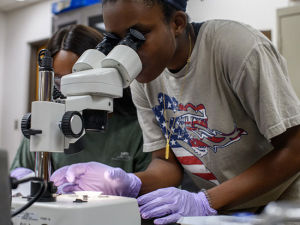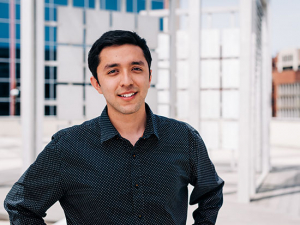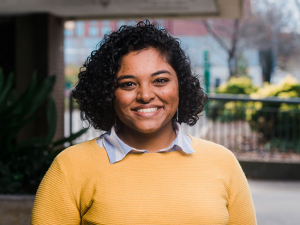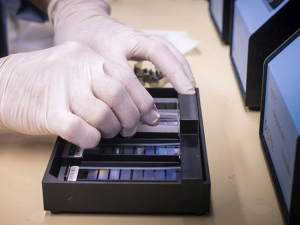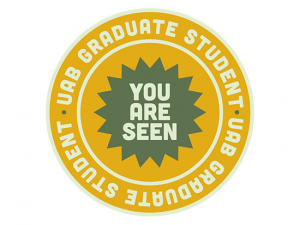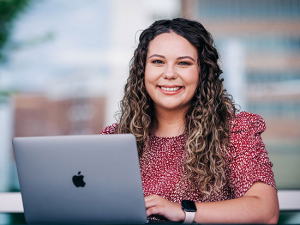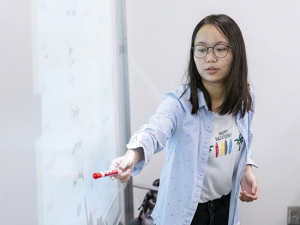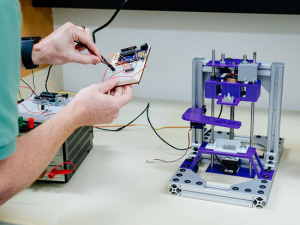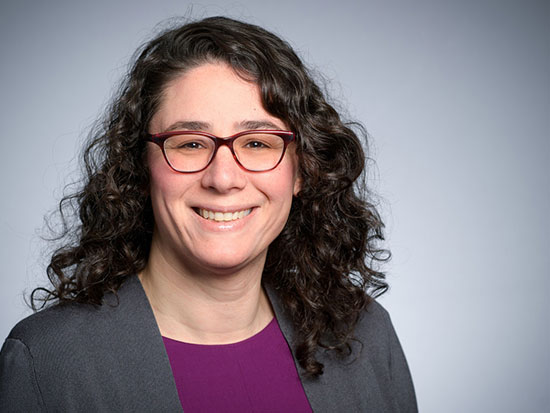 "I suspect we're going to get a lot of people who are going to want to become epidemiologists," said Emily Levitan, Sc.D., who directs the doctoral program in epidemiology at the School of Public Health.It is probably safe to say that epidemiologists have never had such a high profile as they do now. Certainly, it is a new experience to find their models analyzed and debated not just by peers but by politicians, the news media and the general public. UAB faculty have found themselves sought-after commentators in national media. Professor Suzanne Judd, Ph.D., has made multiple appearances on Yahoo Finance videos, for example, and here’s Associate Professor Bertha Hidalgo, Ph.D., talking with Self magazine about COVID-19 transmission from mothers to infants.
"I suspect we're going to get a lot of people who are going to want to become epidemiologists," said Emily Levitan, Sc.D., who directs the doctoral program in epidemiology at the School of Public Health.It is probably safe to say that epidemiologists have never had such a high profile as they do now. Certainly, it is a new experience to find their models analyzed and debated not just by peers but by politicians, the news media and the general public. UAB faculty have found themselves sought-after commentators in national media. Professor Suzanne Judd, Ph.D., has made multiple appearances on Yahoo Finance videos, for example, and here’s Associate Professor Bertha Hidalgo, Ph.D., talking with Self magazine about COVID-19 transmission from mothers to infants.
School of Public Health faculty also are finding an audience in the corridors of power. Judd developed a community-based disease outbreak model for Jefferson County that she provided to the Jefferson County Department of Health. Professor Gerald McGwin, Ph.D., developed a model for the UAB Health System to predict the trajectory and characteristics of COVID-19 patients at UAB Hospital and at hospitals across the state. That work, which is helping with resource management and planning, has been done in collaboration with associate professors Emily Levitan, Sc.D., and Russell Griffin, Ph.D.
"I suspect we're going to get a lot of people who are going to want to become epidemiologists," said Levitan, who is director of the School of Public Health's doctoral program in epidemiology. "It might be the first time ever that people want to be epidemiologists when they grow up."
Levitan, for instance, did not. How did she get into the field? And what does it take to become an epidemiologist, anyway?
Levitan studied chemistry as an undergraduate but "realized I didn't like lab work," she said. She was working at a textbook publishing company when she read a book on demography and epidemiology. "I thought, that sounds kind of cool," Levitan said. "It was right around 2000, when the tech bubble crashed and I wasn't really happy with what I was doing." She earned her master's degree in epidemiology at Harvard University in 2004 and her doctorate from Harvard in 2006; she joined the faculty at UAB in 2009.
| "It might be the first time ever that people want to be epidemiologists when they grow up." |
"We use a lot of statistics and statistical analysis," Levitan said. "But if you are really focused on statistics usually you will go into biostatistics. Epidemiologists are generally quantitative and analytical types, very detail driven. I would say most people go into this field because they are passionate about public health and want to do good.”
Most of the real complex modeling that we see in the news "is being done by Ph.D.-level researchers," Levitan said. "But all those models rely heavily on data generated and collected by health departments across the country and across the world. It really is a partnership."
The School of Public Health offers two master's programs in epidemiology, and a master's degree is the first step toward a doctorate. "One is very hands-on" — the MPH with a concentration in Epidemiology — "and the other is more research-focused" — the MSPH with a concentration in Applied Epidemiology, Levitan said.
At the doctoral level, "some people focus on methods, but most usually focus on a particular disease," Levitan explained. Her own primary research interest is in cardiovascular disease and heart failure in particular; she is a co-lead for one of the ancillary studies to UAB’s long-running REGARDS stroke study. She also works with researchers in UAB's Center for AIDS Research on epidemiology around infectious diseases.
Many doctoral graduates stay in academia, "but there are also lots of industry jobs — working for drug companies and insurance companies — and public health agency work with the CDC and state health departments," Levitan said.
“One of the things I really like about epidemiology is the interdisciplinary aspect. You are working together with clinicians, social scientists, basic scientists. This is a really collaborative field where we bring analytic skills to bear on many different kinds of problems."
Related story


